Plummer shares her thoughts on the Young Men’s Institute Cultural Center, which celebrated its 129th birthday Feb. 12.
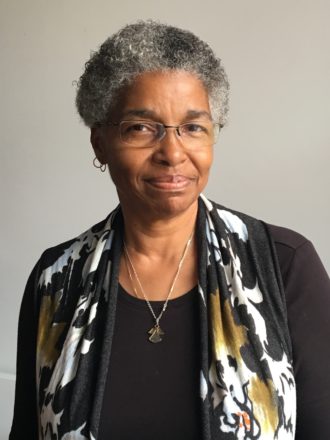

Plummer shares her thoughts on the Young Men’s Institute Cultural Center, which celebrated its 129th birthday Feb. 12.
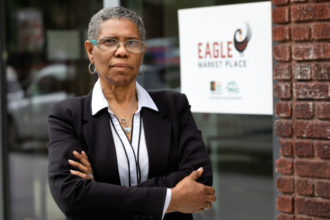
The Block, an area that spans Eagle and South Market streets in downtown Asheville, was once home to a vibrant residential and commercial district for Black residents. But between the 1950s and 1980s, Asheville’s urban renewal policies that sought to address allegedly “blighted” areas of the city by removing homes and businesses to make way […]
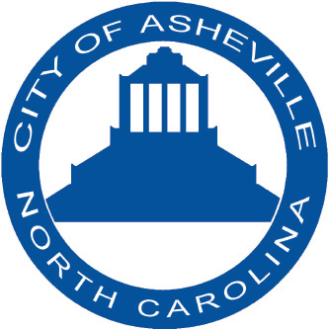
Asheville City Council and the community will participate in city business face to face for the first time since April 2020. The meeting will take place in the Banquet Hall at Harrah’s Cherokee Center – Asheville at 5 p.m.
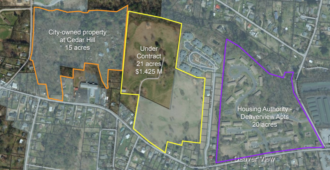
Eventually, the city plans to use the land to revamp Deaverview into a “purpose built community,” which, according to the Atlanta-based nonprofit steering the national model, would help local leaders create “greater racial equity, economic mobility and improved health outcomes for families and children.”

At its April 13 meeting, Council will decide whether to purchase 21 acres of land intended for affordable housing using $1.6 million generated from the December sale of city-owned land acquired through urban renewal policies.

On Tuesday, Nov. 10, members will consider a resolution to establish a reparations fund with $1 million. As of Nov. 6, meeting documents did not indicate where the money would come from or what initiatives would be funded first.
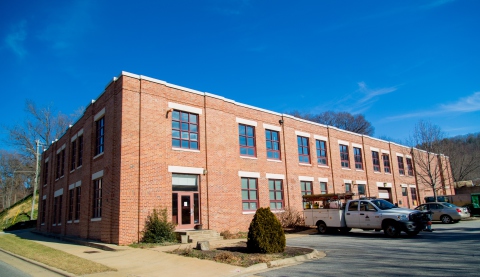
Community members generally applauded the decision as a step in the right direction. But the newly approved resolution exempts property under contract to be sold to White Labs, a move commenters found disheartening.

“We cannot in good faith be praised for tourism, gentrification or other tributes to the mostly white recipients of American hospitality and opportunity without showing up in other ways to expunge, however minimally it is possible for a small city to do so, the mistakes — the tragedies — that our deliberate or ignorant behavior as a society keeps compounding year after year after year.”
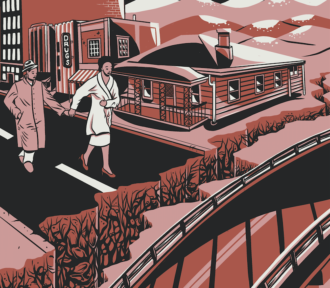
As in hundreds of other cities throughout the country, urban renewal dramatically changed Asheville’s neighborhoods and streetscapes. Established by the Housing Act of 1949 to clear blighted neighborhoods, the federal initiative displaced millions of predominantly African American individuals and families between the 1950s and 1980s.
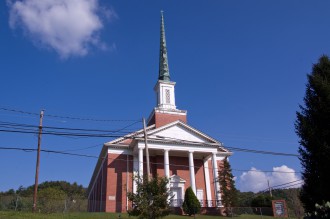
As Nazareth First Missionary Baptist Church celebrates its 150th anniversary, longtime pastor Rev. Charles E. Mosley, Sr. reflects on changes in the historically African-American East End neighborhood where the church is located.

In the 1970s, changes caused by urban renewal efforts stripped the historically black Southside community of its thriving network of corner stores and markets. Today the neighborhood fights its food insecurity issues with community gardens and donation-based dinners as it faces gentrification.
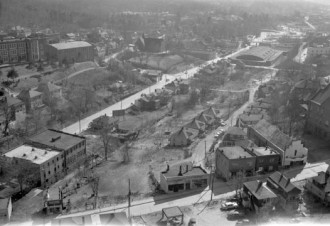
Conversations about the East Riverside Urban Renewal Project began in the mid-1960s. The project’s goal was to provide more public housing in Asheville. It wouldn’t be until 1977 that the plan would go into effect. The government-funded project sought to build 1,300 new homes on 425 acres. However, in order to accomplish this, many residents […]
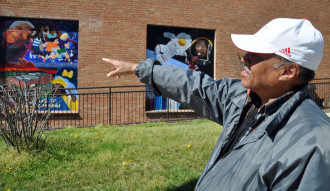
This two-part series traces the history and examines the current state of the Southside neighborhood’s food access situation.

“Is the city interested in offsetting this issue and maintaining and growing diverse communities — starting with folks who have been in Asheville decades upon decades?”
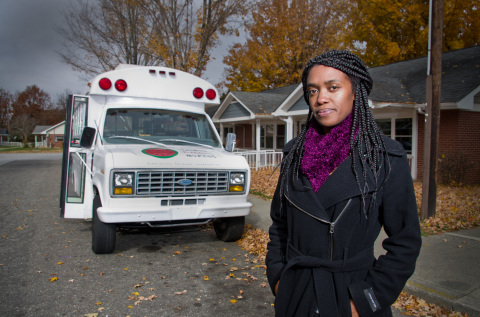
How does Asheville, one of the busiest tourist hubs in the state — a place where you can’t throw a rock without hitting a chef or a farmer — have so many people lacking access to good food or outright going to bed hungry?
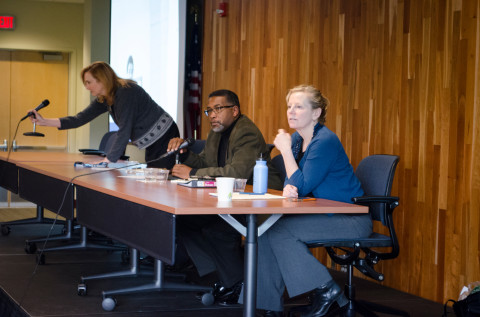
UNC Asheville and the YMI Cultural Center hosted the inaugural African-Americans in Western North Carolina conference on Thursday-Friday, Oct.23-24. The event, designed to discuss an overlooked historical narrative, included speeches by Asheville civil rights leaders and scholars from UNCA and other regional universities.
On Jan. 14, Asheville City Council approved an overhaul of development oversight along with a new infrastructure plan for the River Arts District, Council also created a City-County African-American Heritage Commission and rezoned a small development on steep slopes in North Asheville.
Urban renewal, once hailed as the savior of urban areas, has often led to unintended consequences. The drastic reshaping of a city can prompt the demolition of entire neighborhoods, often including homes that were historically owned by African-American families. Asheville has its own history of troublesome urban renewal, especially in the East End neighborhood, where […]